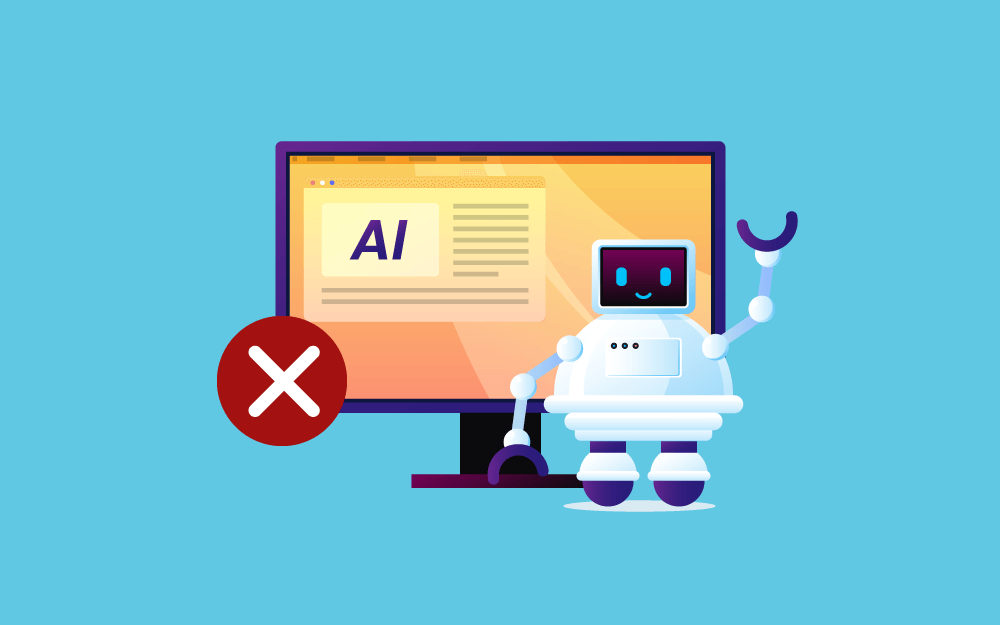
The most common mistakes in website design and how to avoid them: Reflections on a Digital Experience
In a world where websites have become the primary gateway to communication and the first impression of any organization or idea, we might think that designing a website is easy, requiring nothing more than choosing an attractive template and some eye-catching colors. However, some people are quickly surprised to find that the website, despite its beautiful appearance, does not achieve its intended goal: visitors leave quickly, interaction is weak, and performance is below expectations.
There are a number of common mistakes that seem minor at first glance, but they have a significant impact on the success of the site. The most prominent of these mistakes are:
1. Ignoring the importance of responsive design
One of the most common mistakes is designing a website without considering the variety of devices visitors use. A website that looks elegant on a computer screen can become a confusing experience on a mobile phone or tablet.
the solution?
Follow the responsive design methodology, and ensure that the site elements automatically adapt to the screen size, using modern technologies such as CSS Media Queries, and testing the site through tools such as: Google Mobile-Friendly Test.
2. Slow page loading
Site speed is a crucial factor. Users don't wait, and if a page takes a few extra seconds to load, they may simply leave. This is not an exaggeration, but a fact supported by official statistics.
How do we avoid this?
– Compress images and improve their quality to reduce their size without affecting their clarity.
– Reducing the number of unnecessary scripts.
– Use a content delivery network (CDN) to speed up browsing globally.
- Using tools such as: PageSpeed Insights To check performance and make accurate recommendations.
3. Unthoughtful user experience
A design may be visually appealing, but if it isn't easy to navigate, clearly structured, and doesn't guide the user to what they're looking for, the visitor will feel lost.
Important recommendation:
Put yourself in the visitor's shoes: Can you access the information in three clicks or less? Is navigation easy? Are the buttons clear? These questions alone can make a big difference.
4. Neglecting on-page SEO elements
Many people design a website only to find it doesn't appear in search engines. The problem? The design overlooked the technical aspects of optimization.
The most prominent of which are:
– Lack of organized headings (H1, H2, H3…).
– Use images without description (Alt Text).
– No meta description for each page.
– Ignore keywords in titles and texts.
All of this reduces the site's chances of appearing in Google results.
5. Using annoying pop-ups or excessive ads
Nothing turns off a visitor more than a pop-up window as soon as they enter, followed by another one seconds later, and perhaps an ad that covers the entire content. The visual experience here becomes suffocating.
the solution?
Moderation: If there are windows, let them be after a sufficient amount of time has passed, in an unobtrusive manner, and with the option to close them easily.
6. Neglecting to update content and design
Some websites are left untouched for years, without review or development, and as trends, technologies, and user behavior change, the site loses its appeal and effectiveness.
recommendation:
Have a regular review plan for your website, update the content every 3 to 6 months, and evaluate the design at least annually.
7. Weak cybersecurity
A website may be vulnerable to hacking or exploiting vulnerabilities without the owner's knowledge, especially if basic security measures are not taken.
Basic procedures include:
– Use SSL certificate (convert link to https).
– Continuously update software and add-ons.
– Use digital firewalls.
– Take regular backups.
Designing a successful website is not a purely technical task, but rather a comprehensive strategic effort that combines a deep understanding of the user, a thorough knowledge of web technologies, and attention to the smallest details.
By avoiding these common mistakes and putting the visitor at the heart of every design decision, you're not just designing a website—you're building a complete, trustworthy experience that respects the user's time and attention.
Other articles

How important is user experience (UX) to the success of websites ?s
The success of any digital project has always been linked to the quality of the idea or the brilliance of the design. However, experience has proven that the most important and perhaps

How does site speed help improve your search engine visibility and increase sales ?s
In a digital world where things move in seconds, website speed is no longer a technical luxury. It has become one of the most important factors for digital success. From the first moment a user

A Comprehensive Guide: How to Choose a Professional Web Design Company for Your Project
At a time when websites are no longer an optional extra, but rather a necessity for every project or brand, the need to choose the right partner to design this vital digital interface becomes clear

Why is responsive design a must in 2025 ?s
In 2025, website design is no longer just a matter of form or visual taste. It has become a strategic necessity, upon which the success of a digital project is built from the ground up

WordPress, Webflow, and Shopify: Which platform best suits your project needs ?s
In the era of digital transformation, online platforms specializing in website design and management have become an indispensable necessity. Among the dozens

Search Engine Optimization (SEO): Between Content and Technology, How to Strike a Balance ?s
In the crowded world of the Internet, it is not enough to have a stylish website or good content; your site must be visible, appear in search

How a simple website turns your visitors into customers ? A masterful digital persuasion journey
In today's digital world, it's not enough for your business to just have a beautiful website. The real goal of any professional website isn't to impress visitors with its appearance

Top 5 Common Mistakes New Website Owners Make and How to Avoid Them
At the start of any digital project, website design is a pivotal step. But in the rush and excitement, many new website owners make seemingly simple mistakes
